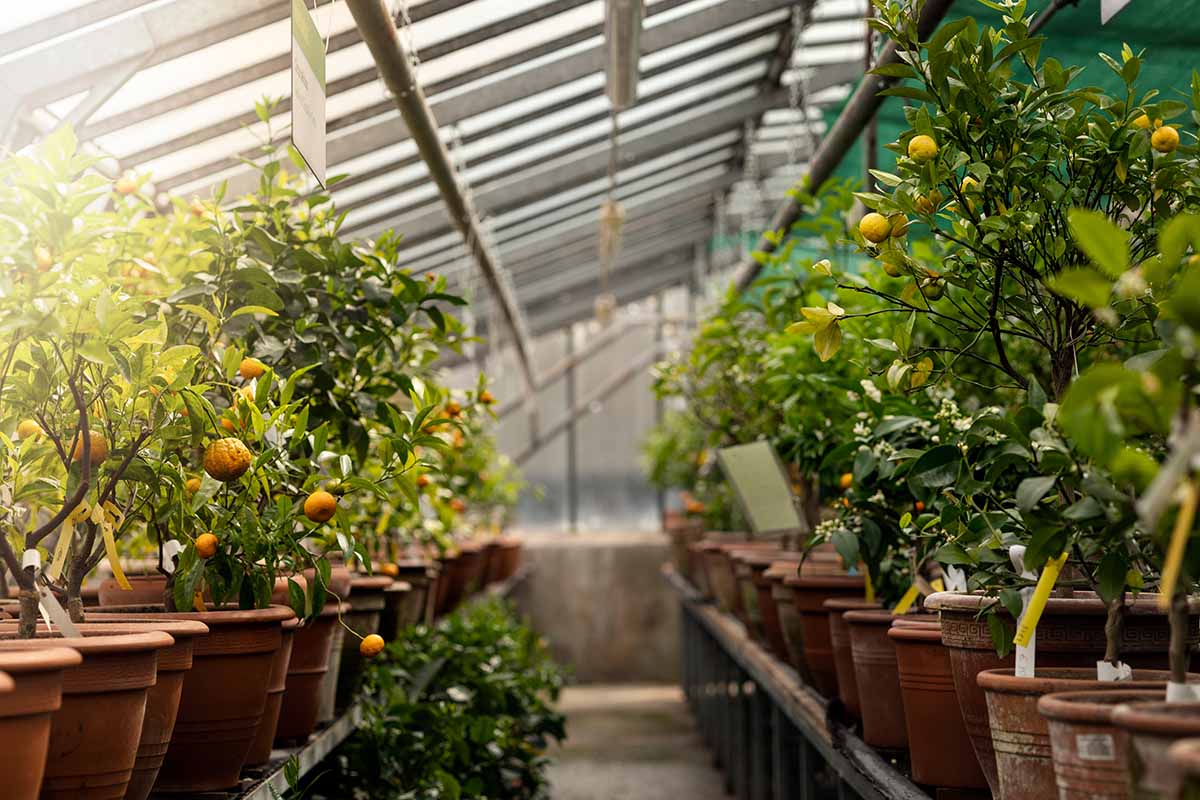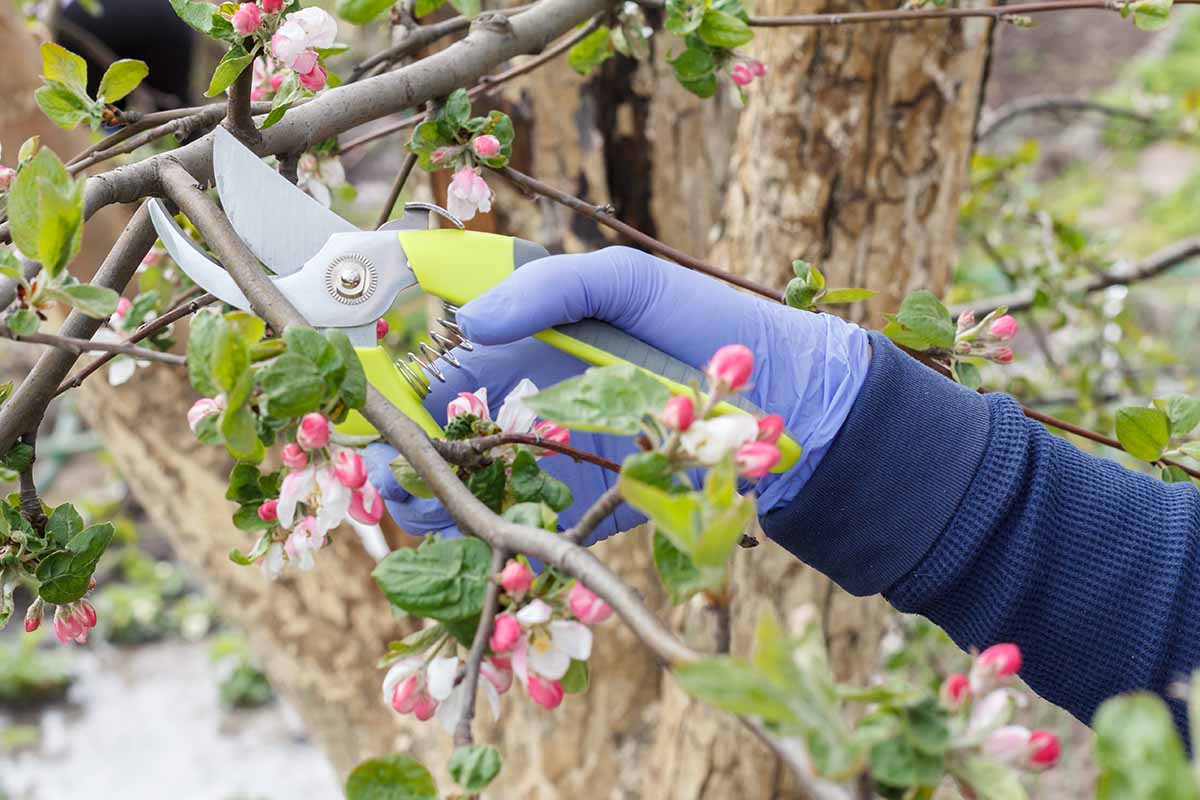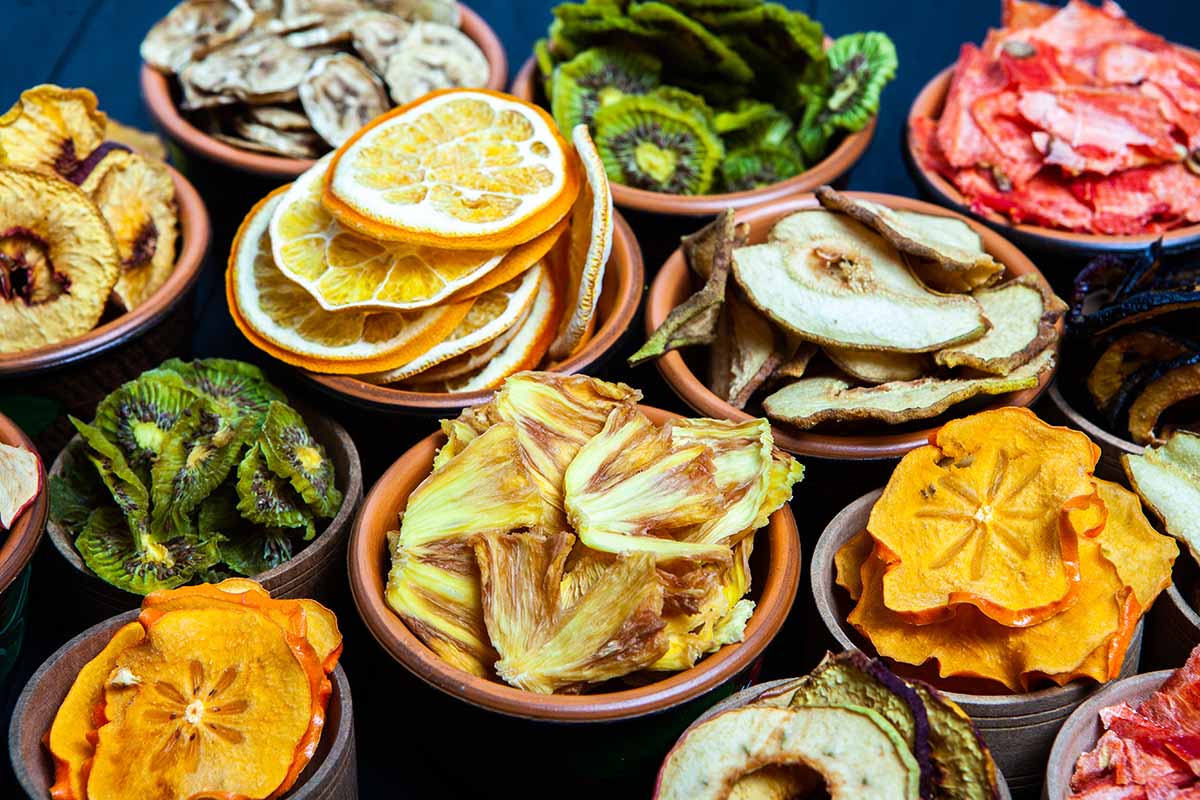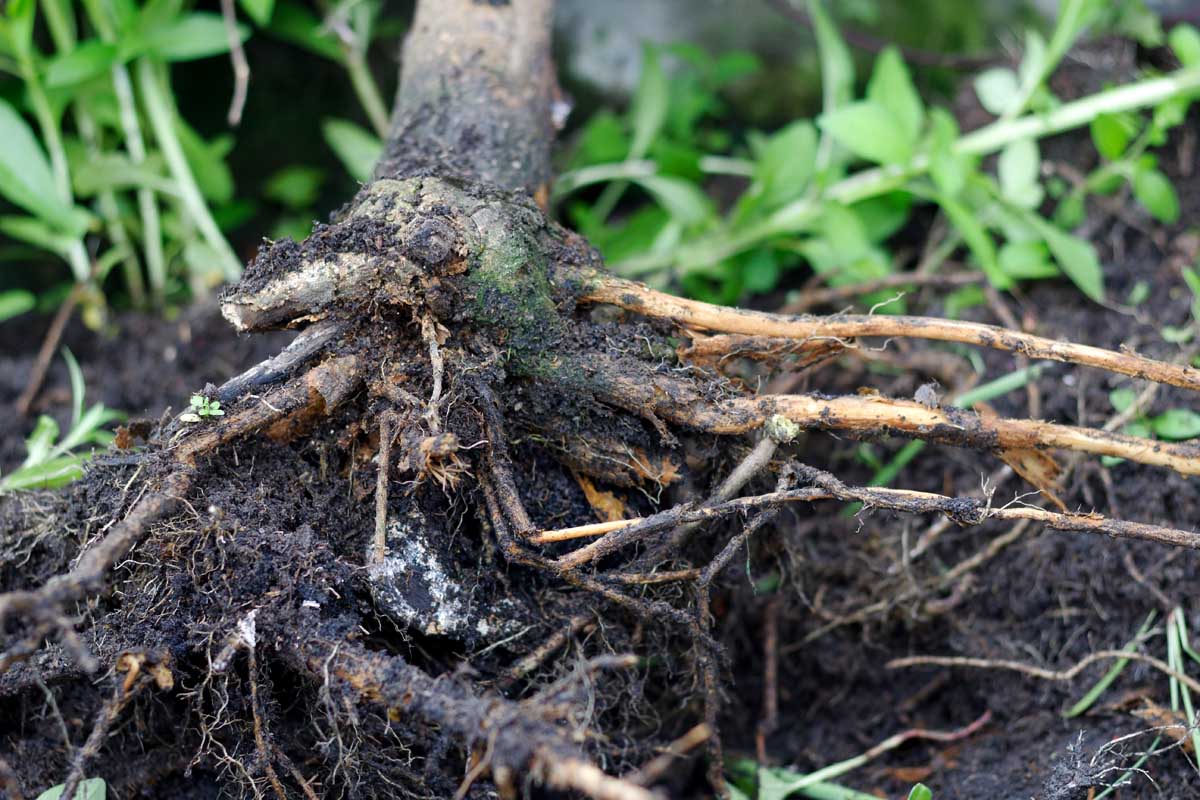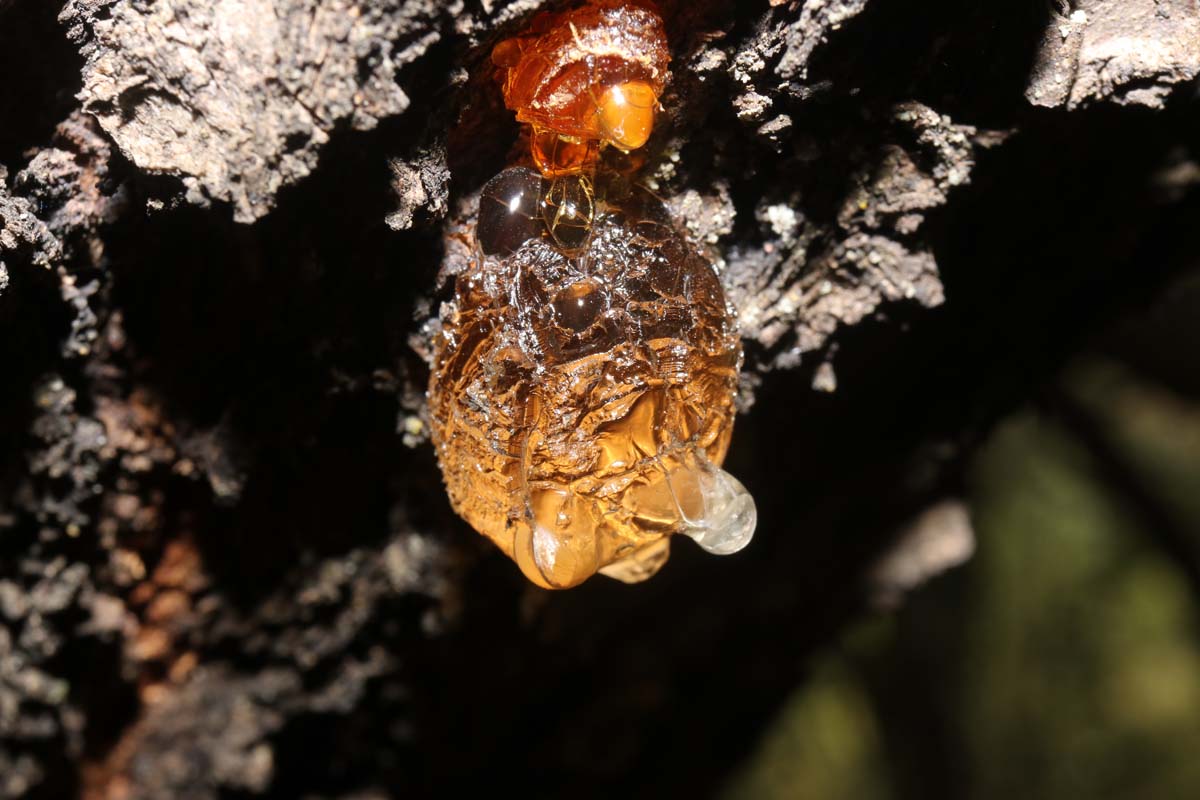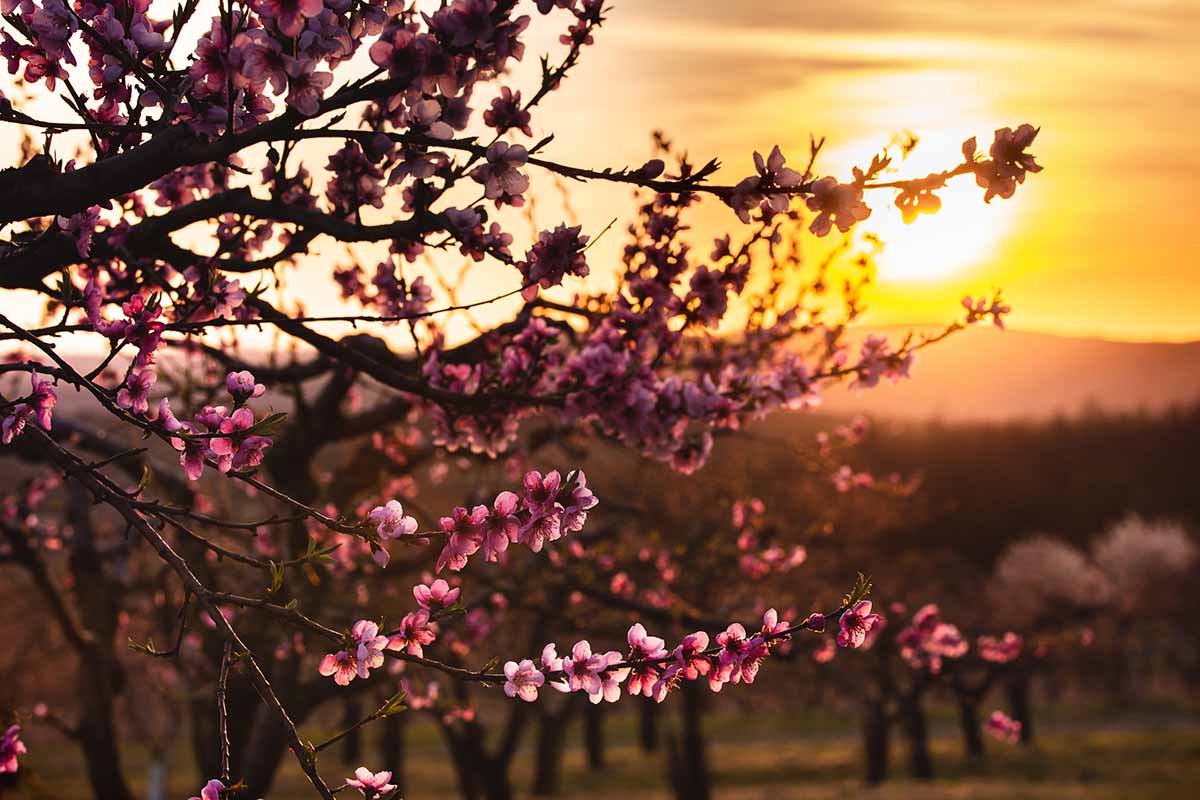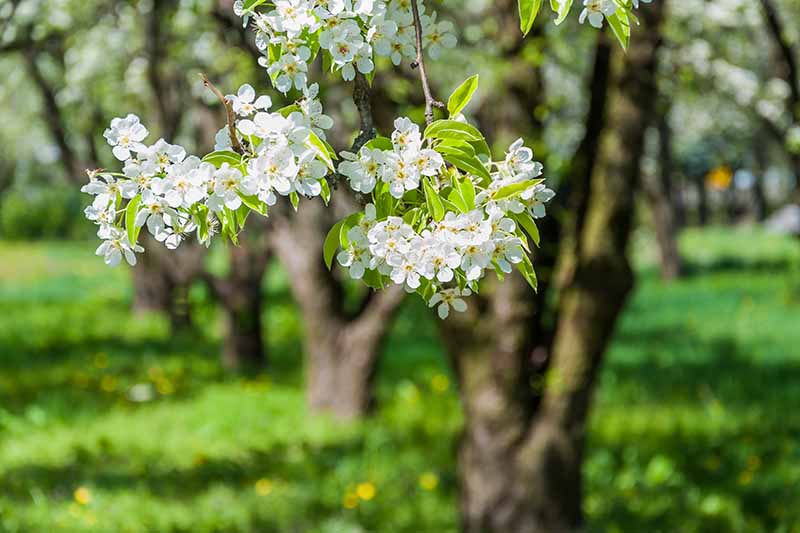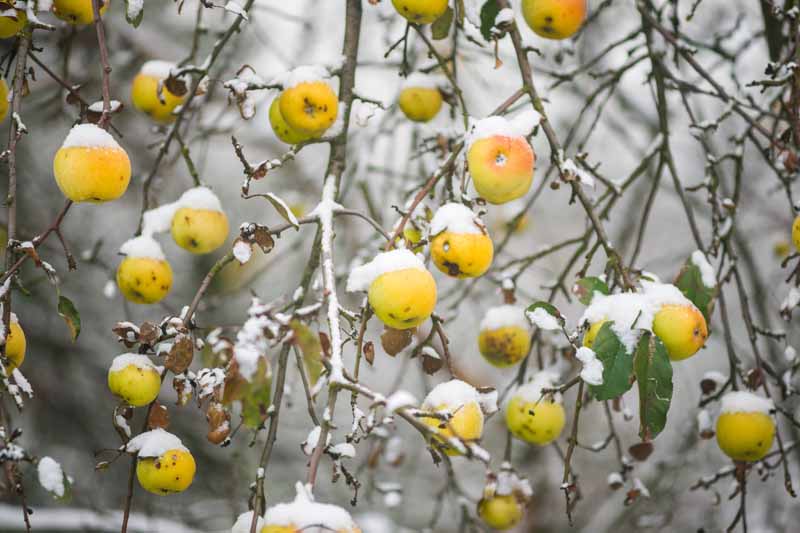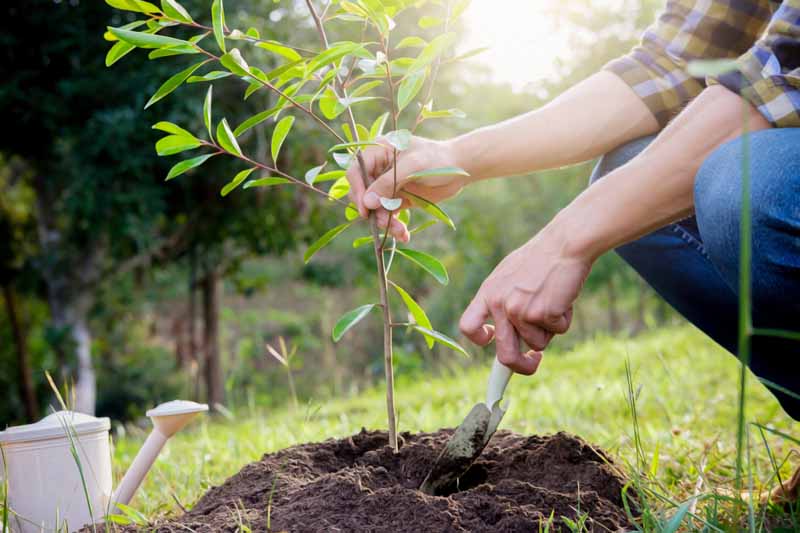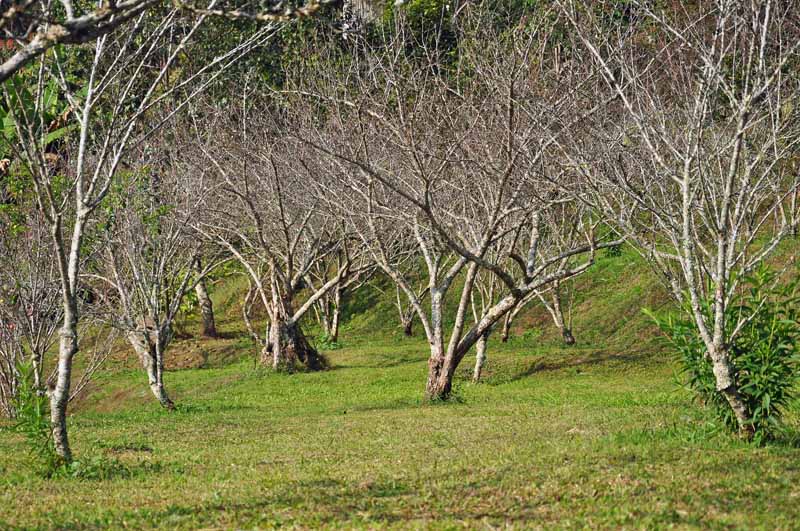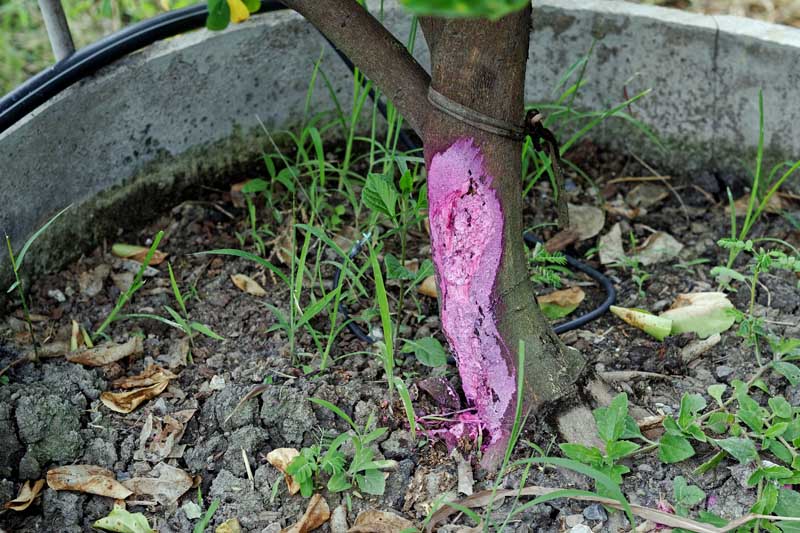How to Grow Fruit Trees in a Greenhouse
Ever picked a delicious piece of fruit from a tree and wished you could grow it in your own backyard? With a greenhouse you can grow fruit trees right at home. This starter guide explains why you should grow fruit trees in a greenhouse, what to consider before starting, which varieties to choose, and greenhouse setup.



